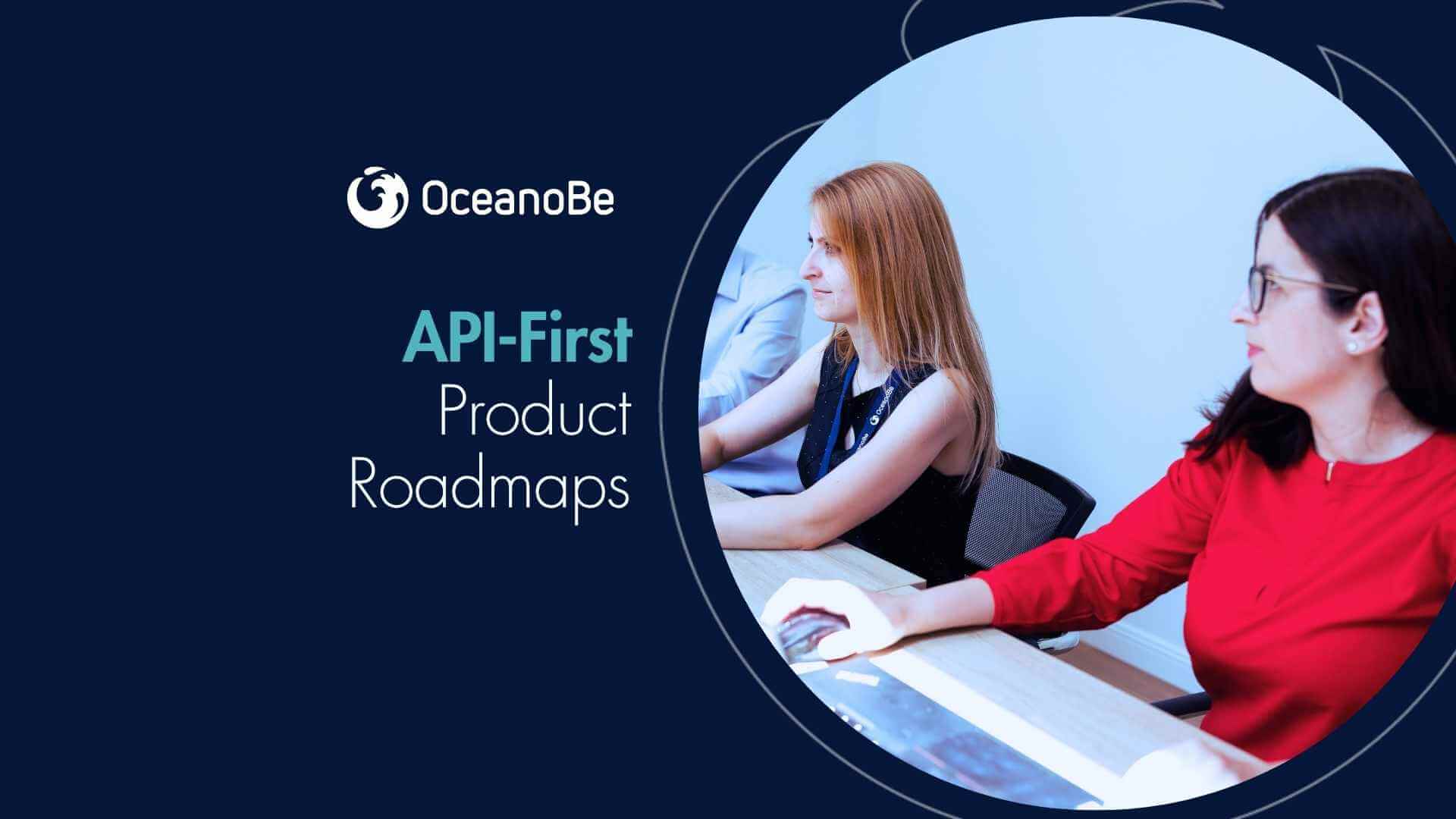API-First Product Roadmaps
Planning for Developer-Centric Platforms
Planning for Developer-Centric Platforms

In modern fintech and banking, APIs are no longer just an integration layer—they are the product. From open banking under PSD2 and Open Finance frameworks, to embedded payments and lending, an API-first approach has become the foundation of digital platforms that scale, comply, and innovate.
But designing an API-first product is more than just exposing endpoints. It requires a roadmap mindset: treating APIs as long-term assets that must balance developer experience, business goals, compliance requirements, and resilience in production.
How do you plan an API-first product roadmap—from design and governance to scaling developer adoption? Let's go over some of our best practices.
For fintechs, neobanks, and payment providers, APIs are not a side feature—they’re the core delivery mechanism for services like:
Digital onboarding (KYC, AML, fraud detection)
Payments initiation (instant transfers, card processing, wallets)
Data aggregation (transaction histories, open banking access)
Credit & risk scoring (data enrichment and scoring models)
An API-first strategy ensures these capabilities are modular, secure, and ready for integration across partners, mobile apps, and even third-party developers. Without it, platforms risk fragmented services, compliance overhead, and poor developer adoption.
Use API specification-first methods (OpenAPI/Swagger, RAML, AsyncAPI).
Model contracts upfront, allowing cross-team reviews before implementation.
Align APIs with domain-driven design (DDD) to map clean business domains.
Documentation, SDKs, and sandbox environments are not “extras”—they’re part of the product roadmap.
Track DX KPIs: time-to-first-call, error rates, and ease of onboarding.
Provide developer portals with self-service keys, monitoring, and usage quotas.
Embed OAuth 2.0, mTLS, token lifetimes, and consent flows into the roadmap.
Map APIs against regulatory standards: PSD2 (EU), FDX (US), PCI DSS (payments).
Plan for auditability and traceability with logging, versioning, and event trails.
Design with forward compatibility in mind.
Define clear policies for deprecations and backward support.
Use gateway-level mediation for handling multiple versions seamlessly.
Roadmaps must include monitoring pipelines: latency SLAs, error budgets, usage dashboards.
Implement governance rules for naming conventions, schema evolution, and access policies.
Use centralized API gateways to enforce throttling, quotas, and compliance rules.
Each step should include not just delivery timelines, but feedback loops: gathering developer input, refining DX, and aligning with evolving compliance obligations.
Phase 1: Account opening API + KYC automation.
Phase 2: Wallet & payments APIs with fraud detection hooks.
Phase 3: Aggregation APIs (open finance integration, transaction enrichment).
Phase 4: Ecosystem APIs for fintech partners.
Phase 5: Developer monetization through usage tiers.
This phased approach ensures business value and compliance at every step, without overwhelming teams or creating technical debt.
Fragmented legacy systems → Use API façades and adapters to abstract complexity.
Compliance overhead → Automate consent flows, token lifetimes, and audit logging.
Developer adoption lag → Invest in DX: sample code, SDKs, quickstart guides.
Scaling APIs globally → Plan for multi-region deployments, latency-based routing, and data residency constraints.
At OceanoBe, we’ve helped banks and fintechs design, build, and scale API-first platforms that power digital wallets, payment orchestration, and compliance-ready data aggregation. Our approach blends deep technical expertise (Java, React, Kafka, AWS, API gateways) with a sharp focus on business goals—ensuring APIs are not just functional, but strategic assets.
The most successful fintechs treat their APIs as products—with clear roadmaps, KPIs, and lifecycle management. And that’s exactly how we help our partners build.